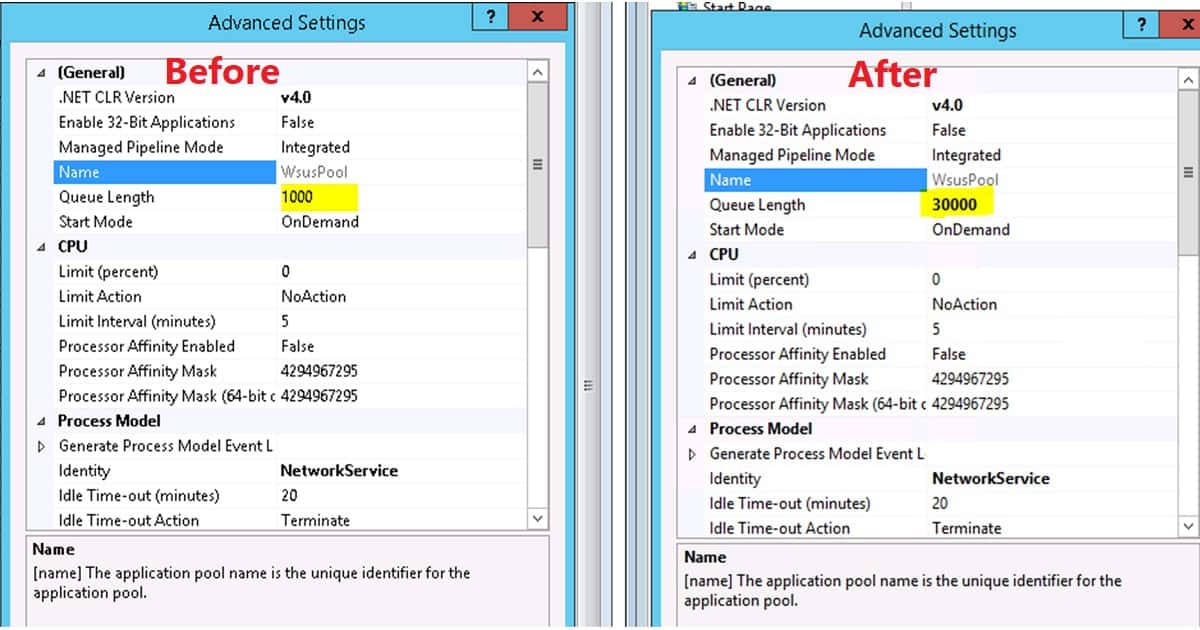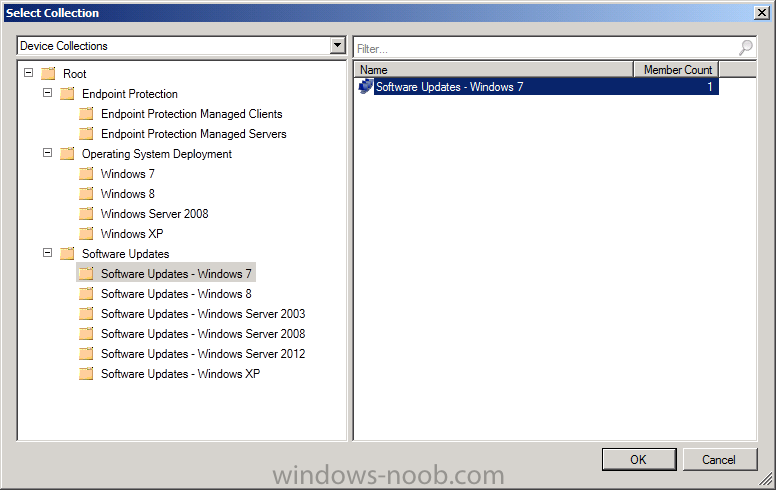Sccm Patch Deployment Best Practices

Microsoft this week published a guideline for IT pros on how to deploy. Without following Microsoft best practices and. Whereas SCCM is best used. We finally decided to create this complete SCCM Software Update Management Guide. This guide is a best-practice guide on how. Deploying and configuring SCCM.
. T o conclude the SCCM Software Update subject, I will present some SCCM software update best practices to manage Micorosft updates in production environments. Subscribes to news site about updates and security It is important to be aware about the last updates (often the second Tuesday of the month) but also the last security issue. Sometime an emergency update is released by Microsoft to fix a vulnerability so it is necessary to patch quickly and to reduce the risk to be attacked. There are many solutions to make a technology watch: RSS (ex: ), Twitter ( @msftsecresponse: #security #updates). A good source for security purpose is the (sorry it is a French link J). Create standard baselines All your system should be set on the same way to ease management and find the issue.
That means that systems should be based on the same image installation, same Operating System (as much as possible) and application version and so on. Senuke tng crack. Same baseline should be gathered in the same SCCM collection to ease software updates. Create a pre-production to validate updates Updates should be tested before the installation on production environment. Make sure to have a pre-production environment reflect the production environment. That means that pre-production environment contains every operating system and applications that you have on production.
So when Tuesday patches are released, first update pre-production environment and test that everything is ok for one or two weeks. Create packages with pre-determined criteria To ease the management of update packages, create them with pre-determined criteria such as products, languages, classification and release date. This avoids to reconfigure update packages every month. Create collections for each Operating System version Organize collections by operating system ease update packages management. In this way make an update package containing every update for the related operating system and apply it to the collection.
Sccm Image Deployment

So every month, update this update package with new updates (view next point). Reuse update packages when possible To limit the number of update packages and so ease management, you should reuse deployment packages most of the time. So in a perfect world, you should have one update package per operating system version (including service pack), and one per application (example: SQL Server, System Center DPM etc.). Create an emergency procedure Sometime Microsoft releases a security update outside of Tuesday patch process because a 0-day vulnerability has been discovered for example. That happens one or two times per year. A process to make an emergency patching for this case should exist.
Usually the emergency update should take a short time such as 10 to 15 days for pre-production and production environment patching. Enforce a deadline to install updates I recommend to enforce install updates when the deadline is reached.

However I don’t suggest to force servers restart. I recommend that because everyone knows a colleague that will never install updates because he does not give a damn! With enforcing install updates on deadline, this administrator will have to be aware about updates. Hi ROMAIN SERRE suppose we have global clients where they are using different language OS as well as software, so i want to update thees client machines OS as well as software(ms office). Is WSUS (SCCM with SUP Point) Server download the updates based on client machine (client machine’s OS) in organization, or topically it will download from Microsoft which are available.?
Sccm Database Best Practices
In organization having win7, win8, win8.1 and win10 as well as server operation systems. If WSUS server not download based on client machines, how we can differentiation with update need to install which client machine.?